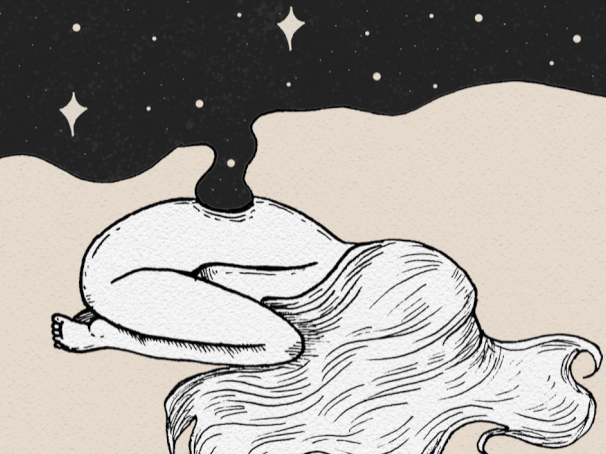
Social Anxiety Disorder (SAD), which is also known as Social Phobia, is not the same thing as being shy. People who have SAD are so scared of social situations that they experience the following kinds of symptoms in social situations:
- Rapid heartbeat
- Muscle tension
- Dizziness and Lightheadedness
- Stomach trouble and diarrhea
- Inability to catch breath
- “Out-of-body” sensation
Psychologically, the causes of SAD are having a fear of:
- Being judged by others in social situations
- Being embarrassed or humiliated
- Accidentally offending someone
- Being the center of attention
If you have SAD, You have several basic treatment options: cognitive behavioral therapy, mindfulness training, exposure therapy, meditation and taking medications.
Given that the psychological ground of SAD is a fear of being judged in social situations, cognitive therapy can teach you to: (1) not believe the thoughts that make you afraid in social situations and (2) learn how to have more positive thoughts about being with people.Behavioral therapy will place you in simulated social situations and give you an opportunity to learn how to not be afraid in those situations. Mindfulness and meditation will teach you to be aware of your fears without judging them or believing that they are true.
Given that the primary cause of SAD are your fears, it makes sense to first try to deal with your fears with either therapy, meditation or mindfulness.
However, if these treatments don’t work, then you will want to try taking medications. The remainder of this article is going to review the main types of medications that are used to treat SAD.
Anxiety Medications
Social anxiety medications are not entirely dissimilar to the medications used for other anxiety disorders, with a few exceptions. The most common include:
- SSRIs — Selective Serotonin Reuptake Inhibitors are best known as antidepressant medications. They are also used widely to treat anxiety disorders, and they are the drug of choice now for SAD. Paroxetine and Sertraline are SSRI’s that have been approved for the treatment of SAD by the Food and Drug Administration. Many studies have shown that they are effective in the treatment of SAD, and that they have less side effects than the Benzodiazepines — the other class of drugs that are often used to treat SAD. In addition, the SSRIs are much less likely to cause dependence than the Benzodiazepines.
- Benzodiazepines — The Benzodiazepines are effective in treating the symptoms of SAD. However, they are not as effective as the SSRI’s, and they should only be used as a second choice if SSRIs do not work. Alprazolam and clonazepam are both known to be helpful with SAD, but they should not be used for longer than 6 week because of the danger of depression and dependence. Another problem with the Benzodiazepines is that they have a sedative effect and can make you drowsy.
- Beta Blockers — Beta blockers are medications that block some of the chemical receptors that activate the fight or flight response that causes anxiety. By blocking the activation of the fight or flight response, they have the potential to block many of the symptoms of anxiety. However, research on the use of beta blockers for anxiety is mixed. Some studies show they are helpful, and others show that they are not.
- Buspirone — Buspirone, or "Buspar" is a very mild anxiolytic with very few side effects and is generally well tolerated. It is usually used in combination with the SSRIs to improve treatment. The virtue of Buspirone is that it does not cause physical dependence.
Once again, it is a good idea to try therapy, meditation or mindfulness first before you try medications. The reason is that there are clearly definable psychological causes of SAD. But if they don’t work, you can try them in combination with medications.












